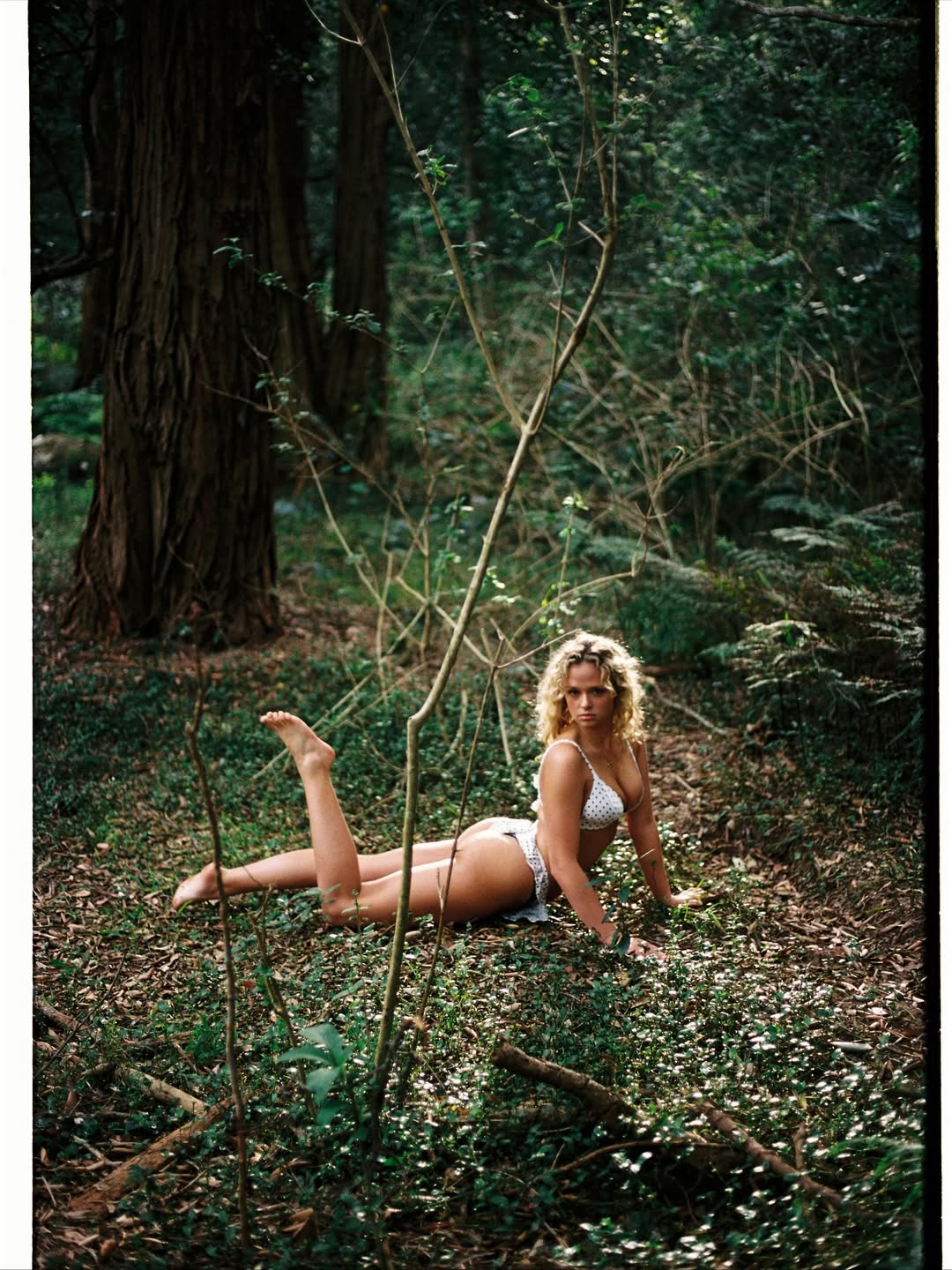Your Cycle & Your Tan: How Hormones Can Change the Way Spray and Self-Tans Develop

Your Cycle & Your Tan: How Hormones Can Change the Way Spray and Self-Tans Develop
If your tan looks flawless one month and a bit patchy the next, your menstrual cycle might be part of the story. Hormones shift your skin’s oiliness, temperature, and sweat patterns across the month. Those changes can influence how dihydroxyacetone (DHA) reacts with your skin to create colour.
Below is what the science says and how to work with it for your best tan.
First, how sunless tan develops
All spray and self-tans rely on DHA reacting with amino acids in your outer skin layer, forming brown “melanoidins” in a Maillard-type reaction. This happens only in the stratum corneum, not deeper down. Hydration around the skin surface can speed up or slow down that reaction. Very high surface moisture can even blunt colour, while very dry conditions can also reduce development. Moderate conditions tend to be best.
How your skin changes across the cycle
A 2024 scoping review found consistent shifts in skin physiology across phases:
- Luteal phase (after ovulation and before your period): slightly higher skin and core temperature, and often higher sweating rates in heat. Some studies also report increased skin blood flow. Hydration changes are inconsistent across studies.
- Ovulation window: several studies report higher skin elasticity. Hydration again shows no clear, consistent change.
Independent exercise-physiology research shows the sweating threshold can shift with hormones, with the luteal phase often starting to sweat at a slightly higher body temperature and sometimes producing more sweat during heat or exercise.
Some dermatology work suggests the skin barrier and surface lipids can vary over the cycle, although findings are mixed across studies and populations. Irregular cycles are associated with lower hydration and higher TEWL and sebum on average compared to regular cycles.
Why that matters for tanning
- More sweat and warmth can dilute or move solution during development, leading to lighter or uneven results. The DHA reaction also depends on having the “right” surface moisture. If the skin is very wet from sweat or shower steam in the early hours post-tan, colour can under-develop.
- Changes in sebum and barrier function can alter how evenly solution spreads and how long colour lasts, especially on the face, chest, and back. Evidence on exact sebum swings by phase is mixed, so plan based on how your own skin behaves.
When to book or apply for best consistency
- Most predictable window: many clients find the late follicular to ovulation window gives the most even, repeatable results, likely because skin is a touch more elastic and body temperature is lower compared to the late luteal phase. Evidence for hydration differences is limited, so rely on your own pattern as well.
- More variable window: the late luteal days can be trickier due to warmth, potential sweat and oil changes, and premenstrual fluid shifts. If you must tan then, use the tweaks below.
Pro prep by phase
Follicular and ovulation days
- Exfoliate 24 hours prior and keep skin comfortably moisturised, not slick. Aim for moderate surface hydration on appointment day.
- If exercising after your tan, wait until full development and choose a cool environment where possible to limit sweating during the first 6 to 8 hours.
Luteal and pre-period days
- Keep development cool and dry. Avoid hot yoga, saunas, or vigorous workouts for the development window. Plan your appointment away from peak-heat hours. The DHA reaction is sensitive to surface moisture extremes.
- Mattify where you run oily. A light, oil-free moisturiser before your service on drier zones and a shine-control step on oil-prone areas can improve evenness. Evidence on sebum shifts is mixed, so personalise based on your pattern.
- Hands, feet, inner elbows, knees: dust with a small amount of setting powder after application to limit transfer in warm, humid conditions. This is a practical technique, not a medical claim.
During menstruation
- Skin can feel more sensitive for some people. If you notice irritation at this time, ask your therapist for a patch test or opt for a lighter solution. Research on pain and sensitivity varies by study, so listen to your body.
- If you experience fluid retention, choose looser clothing during development to avoid rub-off along waistbands or bra lines.
Self-tan at home: cycle-smart application
- Aim for “just right” surface hydration. Apply to clean, dry skin. If you have dry patches, spot-moisturise them 30 to 60 minutes before. Avoid heavy occlusive creams right before tanning. Extremely wet or steamy skin during the first hours can mute colour.
- Control the climate in the first 6 to 8 hours. Keep the room cool, wear loose clothing, and avoid activities that cause sweating, especially in the luteal phase.
- Rinse, do not soak, at your first shower. Use lukewarm water, brief rinse, and pat dry.
- Lock in after with a light, oil-free moisturiser once your colour has set to reduce uneven fade.
Trouble-shooting by phase
- Streaks or pale development after a gym session while the tan was developing: likely sweat interference. Reapply a gradual tan the next day to even out. Plan your next tan away from workouts in the luteal phase.
- Patchiness on oil-prone zones late luteal: use a primer or powder to reduce slip before application, and apply very thin layers to the chest and back. Evidence on oil changes is mixed, but many notice practical differences.
- Colour not “taking” after a hot shower right before tanning: the steam and very wet surface can blunt DHA. Allow skin to cool and fully dry, then reapply.
Key takeaways
- DHA needs the right surface conditions to develop well. Both too much surface moisture and not enough can reduce colour.
- Your skin is often warmer and sometimes sweatier in the luteal phase, which can make development less predictable. Plan around this where you can, or adjust your routine to stay cool and dry.
- Hydration changes across the cycle are inconsistent in studies, so track your own pattern and tweak prep accordingly.



Comments